Dmitri Shostakovich in St. Petersburg
The series about historical places of opera art & culture. Get to know exciting excursion and travel ideas for opera lovers. This time: Dmitri Shostakovich in St Petersburg.
All Destinations on google maps with links to detailed Blogposts:
Dmitri Schostakowitsch in St. Petersburg
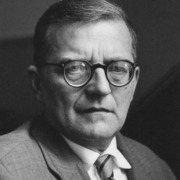
Shostakovich’s name will be forever associated with the city of Leningrad (St. Petersburg’s name during the time of the Soviet Union). In 1942, when the city was suffering in the stranglehold of the German siege, the Leningrad composer was working on his 7th Symphony, which he wanted to dedicate to his beleaguered countrymen. Against his will, on Stalin’s orders, he was taken out of the city through a final loophole, where he finished writing the symphony.
The work quickly became known abroad, and Stalin, recognizing its symbolic significance, had the score airlifted over the German positions into the city center, where the conductor Eliasberg was to perform the symphony during the siege. The symphony was set for a large orchestra, but at the first rehearsal only 15 exhausted and emaciated musicians appeared, surviving on sawdust, horse and rat meat. Eliasberg rehearsed the work, but the trumpeter could not elicit a sound from his instrument due to weakness, and some musicians could barely hold their instruments. After 15 minutes Eliasberg had to end the rehearsal.
Now an appeal was made to the front-line soldiers. Thus the orchestra could be filled up and Eliasberg had to rehearse the highly complex work ready for performance with the assembled orchestra in 6 days. Before the performance began, a Soviet general was said to have bombed the German troops to ensure a trouble-free performance. Loudspeakers had been set up throughout the city so that residents and enemies could sense the population’s will to resist.
Listeners and musicians risked their lives with the performance, fortunately it could be performed without any disturbances and the final applause knew no end.
The first movement of the symphony is the most programmatic: after a carefree introduction (the pre-war idyll), an invasion motif, growing over 15 minutes, breaks in accompanied by drums (as in Ravel’s Bolero), symbolizing the enemy and oppression. For the invasion motif Shostakovich used parts of the melody “Da geh ich zu Maxim” from Franz Lehár’s operetta The Merry Widow, which was one of Hitler’s favorite works.
In fact, Shostakovich had written this movement in peacetime, so the always ambiguous composer was also communicating a hidden message here. He remains ambiguous even when the rescuer enters, for the musical theme of the rescuer is hardly different from the aggressor.
Stalin thanked Shostakovich badly for this act, because only 4 years after the war Shostakovich (with Prokofiev and Khatchaturian) had to endure a show trial.
Dmitri Shostakovich as an air-raid soldier at the Leningrad Conservatory during World War 2:
Concert of August 9, 1942:
Destination Sankt Petersburg philharmonic hall
The so-called Leningrad Symphony was performed in this hall on August 9, 1942.
In this theater the concert season is traditionally started with a performance of the 7th symphony.
http://www.philharmonia.spb.ru/en/
The philharmonic hall:
Destination Novodevichy cemetery
Shostakovich was not buried in his hometown of St. Petersburg, but in the Russian National Cemetery Novodevichy (Section 2, No 39). He had spent the last years of his life in Moscow.
On his grave there is the note motif D, Es, C, B. It symbolizes his German initials (D.Sch), which he had used several times in his compositions.
The grave of Shostakovitch:

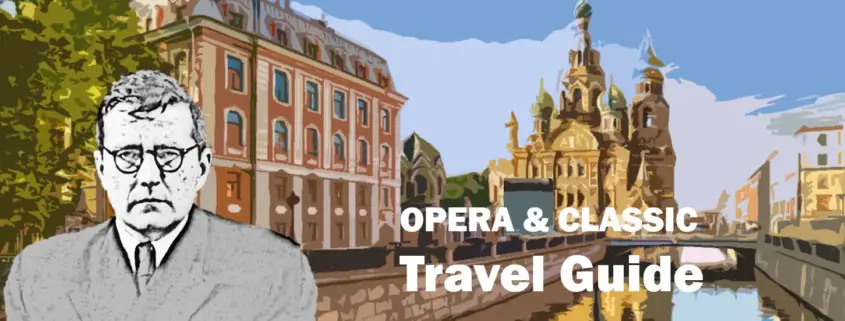
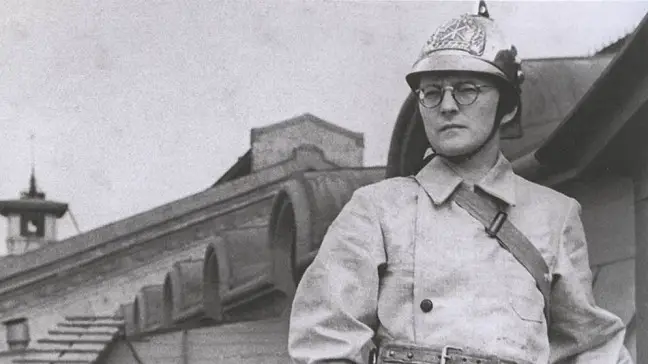
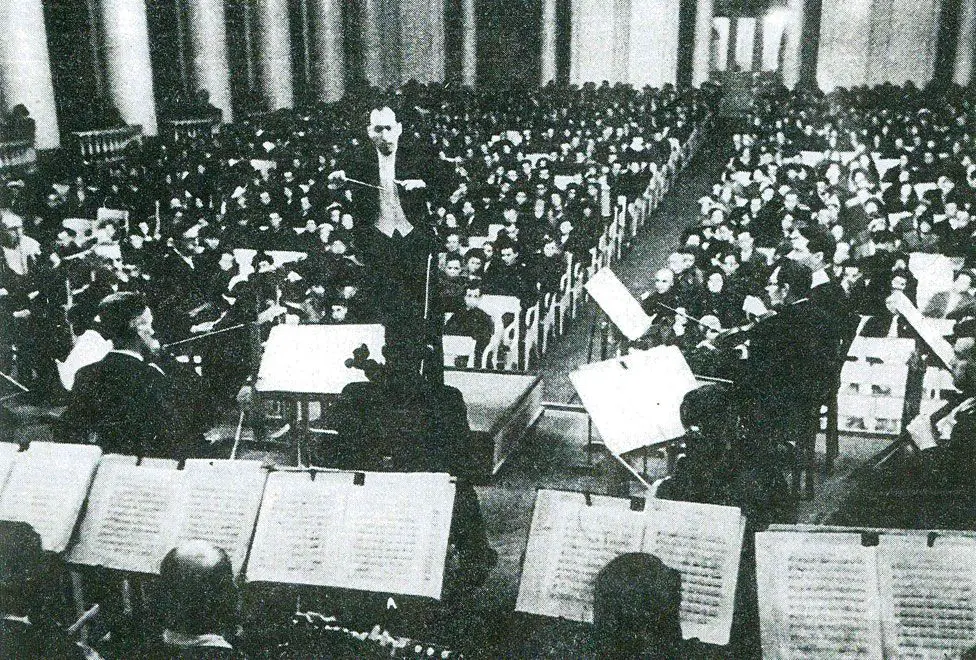
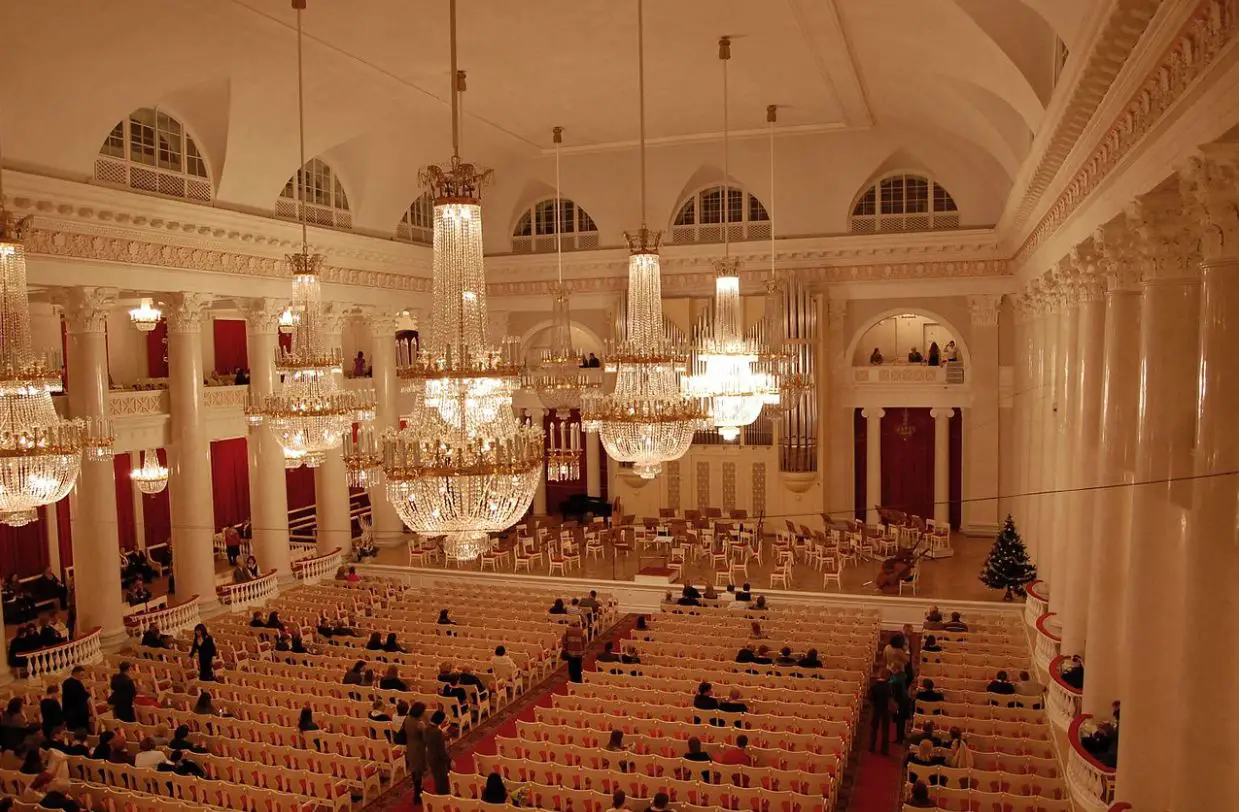
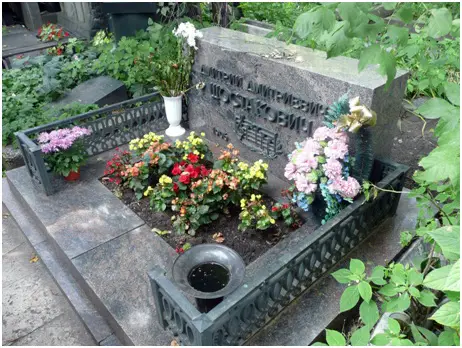


Leave a Reply
Want to join the discussion?Feel free to contribute!